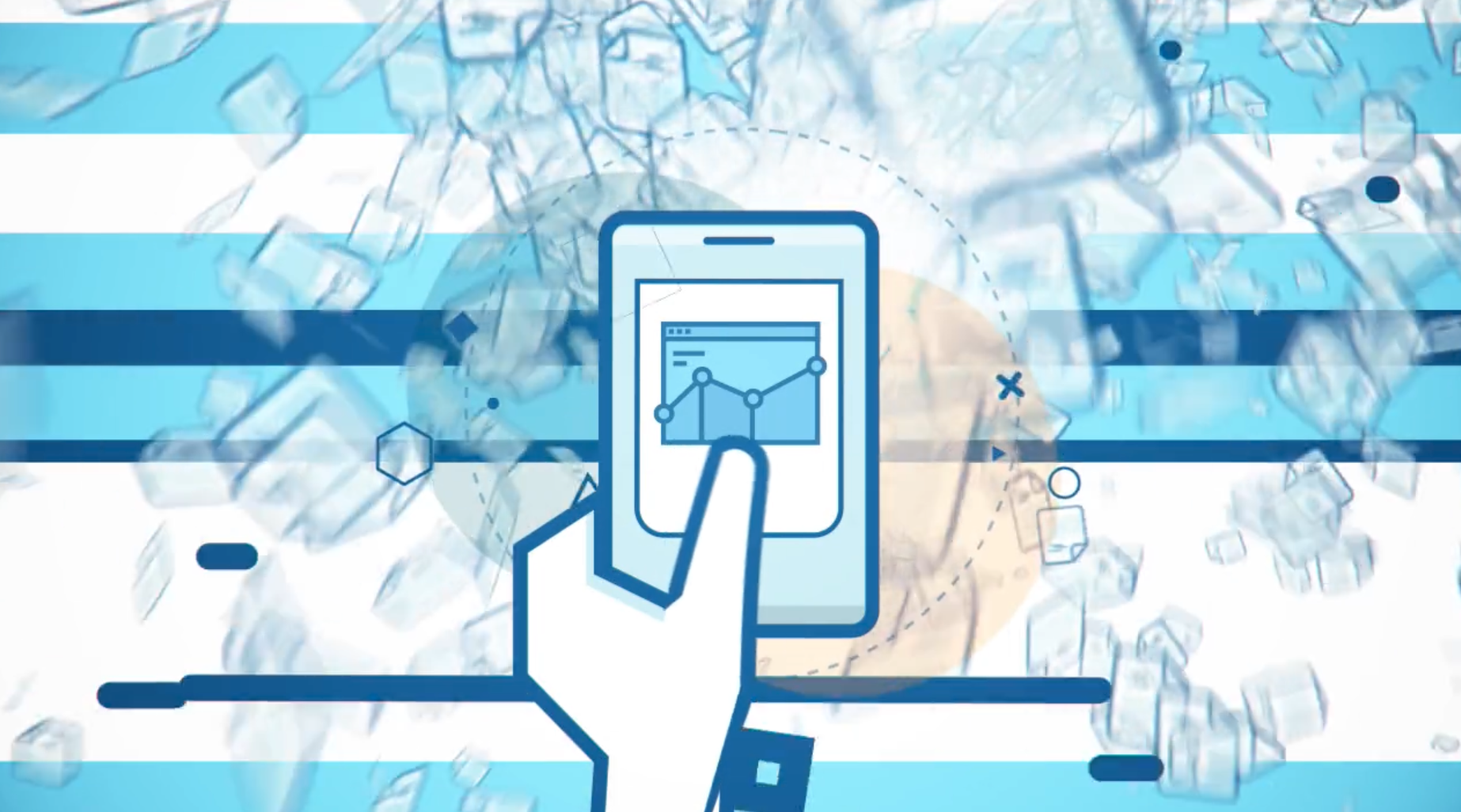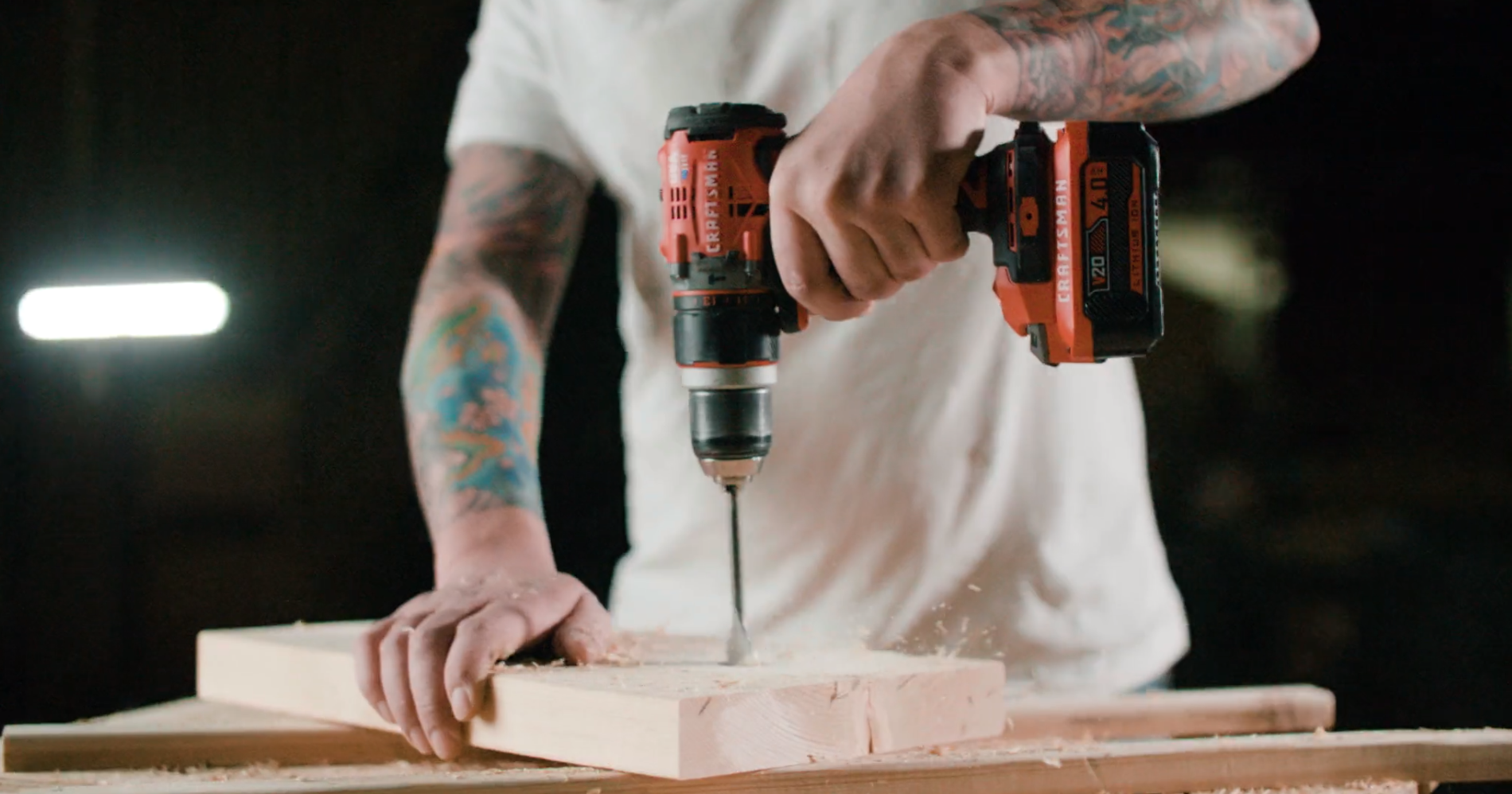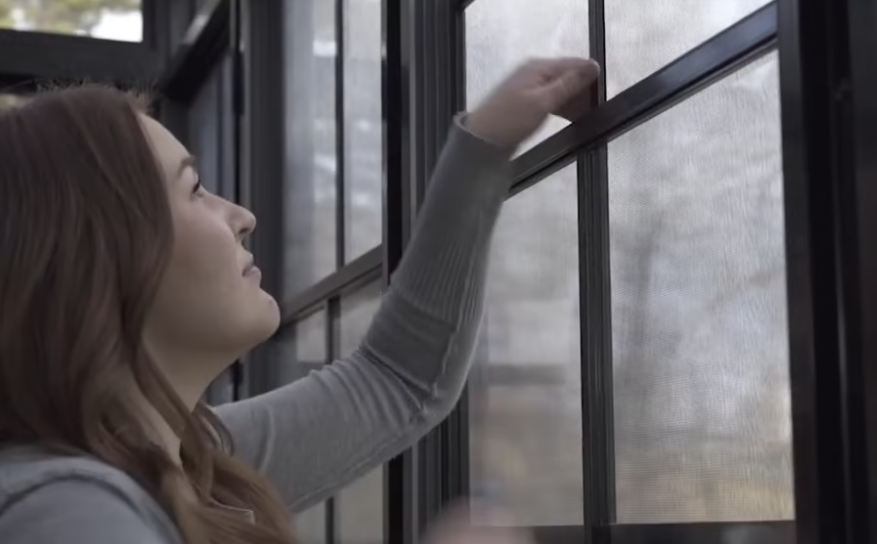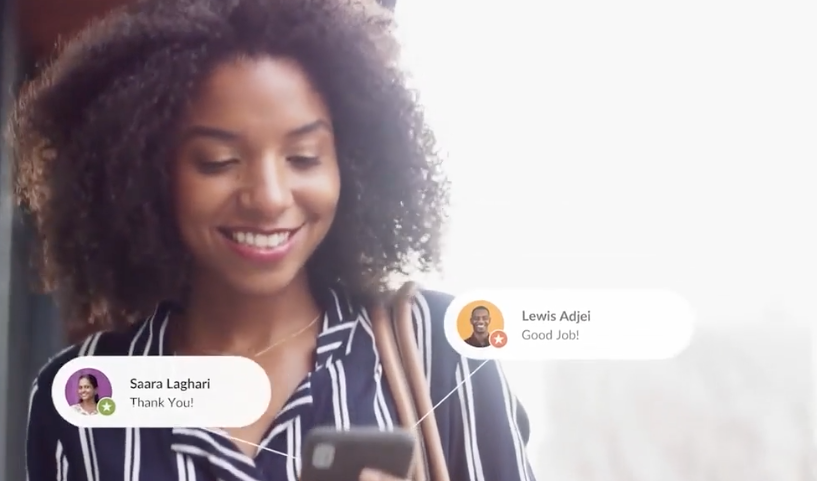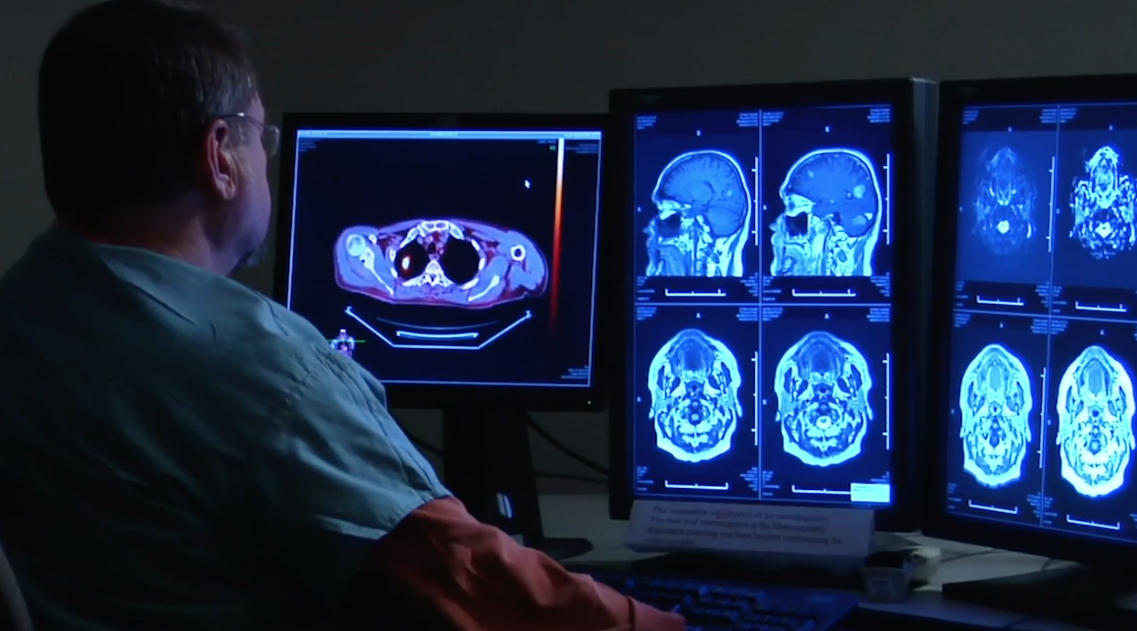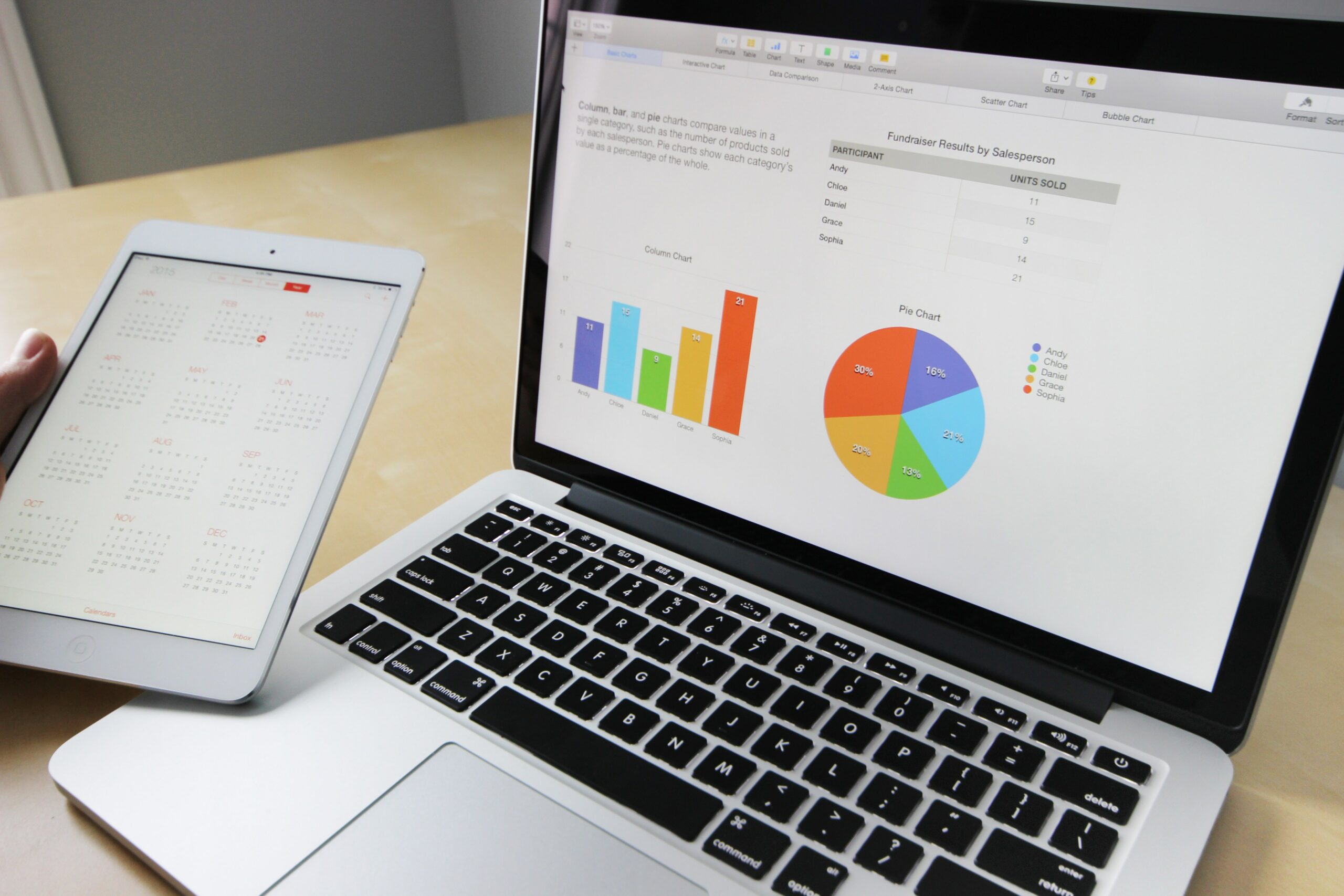Schools have had to shut their doors because of the global pandemic, but the education process must continue. Many educators are therefore turning to virtual teaching to reach their students at home.
Unfortunately, some teachers are more accustomed to teaching in front of a group of students while writing instructions on a whiteboard. They have limited experience teaching in a virtual environment and must adapt quickly so their students are not left behind.
This situation is having parents worry about whether their children will be able to finish the school year or if they will even be able to graduate. Although we are not quite yet living in the world of Ready Player One, virtual technology is offering solutions to these problems.
Virtual classrooms are the new norm
Video tools like Zoom allow teachers to deliver live lessons to their students. However, there is still the issue of teachers being able to maintain control of their students or accommodate their schedule if they have limited access to the home computer.
A solution to these issues is the video platform Vidyard, which allows users to host, record and share videos with no expertise required. In response to the pandemic, it has released free early access to a new video messaging tool to help users stay connected with their team. This allows teachers to communicate with their students whenever they need and record teaching videos.
Benefits of teaching in virtual classrooms
By using on-demand video, teachers can easily create video content from their web browser. They can also give more verbal and visual guidance, and curate a video playlist of content that focuses on bits of information that add variety to difficult lessons. Another benefit is flexible sharing options for recorded videos that let teachers post assignments and video lessons or share videos directly with students and parents via email.
For students, this tool allows them to watch the material whenever they want. They can also watch at their own pace with speed control.
How schools can use video for communication
Until the world returns to normal, live video or video messages allow schools and districts to provide timely and efficient messages to their teachers.
Video allows schools to keep communication channels open by sending recorded video announcements and updates, delivering formal training sessions, sending personal videos to share knowledge, and record tutorials for the best practices associated with distant education. For any teacher worried about the wrong video being accessed by the wrong person, video security controls ensure only the intended audience will have access.

